In the ever-evolving world of smartphones, it’s easy to get caught up in the hype surrounding new features and designs. The latest buzz in the tech community is the introduction of replaceable backplates and accessories by Nothing, which some are touting as a revolutionary step towards greater customization. However, those of us who have been around long enough know that this concept is nothing new.
Back in the early days of mobile phones, devices like the Nokia 3310 and its successors were known for their customizable faceplates and replaceable batteries. The ability to swap out parts and add personal touches to our phones was a common and expected feature. As smartphones became sleeker and more compact, however, this level of customization began to disappear, with manufacturers prioritizing form over function.
Today, companies like Nothing are attempting to revive this trend, but the question remains: are they truly offering anything groundbreaking? While the reintroduction of replaceable parts and accessories is certainly a step in the right direction for those concerned with e-waste and sustainability, it’s not an entirely novel concept.
Perhaps what we should be focusing on is not just the resurgence of these features, but the reasons behind their disappearance in the first place.
History of Customisation in Smartphones
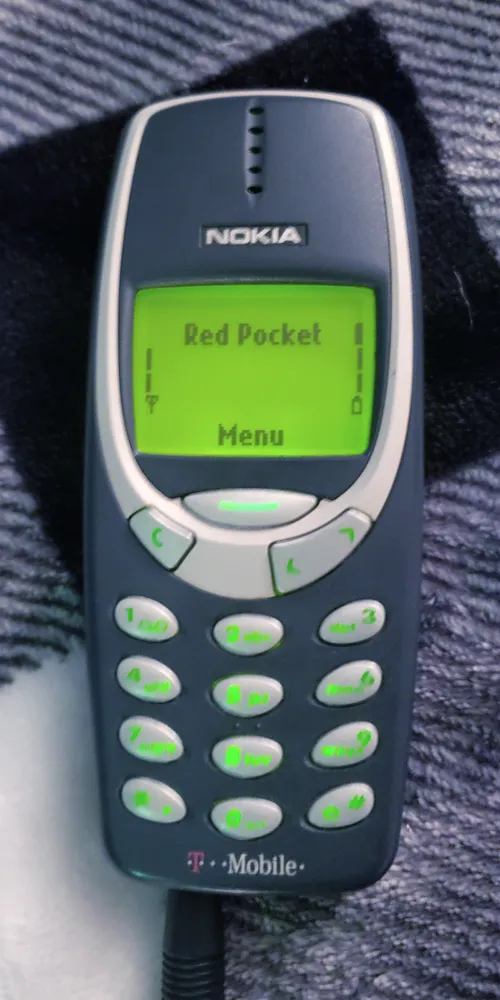
I’m a millennial/Gen Z cusp so when I got my first phone I got a Nokia 3310 like many people my age. it’s an iconic phone for a reason. While it’s most noticeably known for its indestructible- it came with a suite of customizations out of the gate. The shell of the phone could. Be swapped out with third-party shells of every style and color you could imagine. Baby Spec regularly rotated between a silver Winnie the Pooh case and a black laced-with-stars case depending on how I felt.
These shells were less like what we would know as phone cases today as you would literally remove the shell of the phone and replace the key membrane that came with a T9 keypad to completely revamp your phone’s look and feel. You could even go so far as to have additional batteries that you could hot-swap when your phone battery died. No need to sit by a charger. These things were normal back then. There are other instances of these customizations as the years went on. Motorola, Ericsson, and Samsung all had their own variations of these systems.
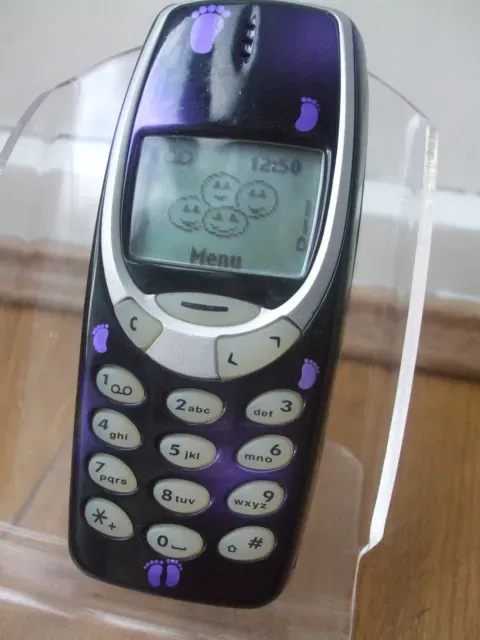
As the smartphone market matured, manufacturers shifted their focus to creating devices that were sleek, slim, and sophisticated. This trend, however, came at the expense of many once-commonplace customization options.
The introduction of unibody designs, where the entire phone chassis is made from a single piece of material, made it increasingly difficult for users to swap out components like batteries, covers, and other parts. While this approach allowed for slimmer and more aesthetically pleasing devices, it severely limited the ability to customize or repair phones on the go.
Furthermore, the race to create the thinnest smartphones led to the adoption of non-removable batteries, which became sealed inside the phone’s casing. This design choice made it nearly impossible for users to carry spare batteries or replace them without the assistance of a professional.
The consequence of these design decisions was a move away from the user-centric customizations of earlier phones. Instead, manufacturers prioritized form over function, leaving users with fewer options for personalization and self-repair. Which is something that we’re still suffering the consequences of today. All you need to do is look at the phone in your pocket and how difficult it would be to replace a screen or back panel. When back in the day, these things were hot-swappable and very cheap to replace.
Changes in Demand
As the smartphone market matured, manufacturers shifted their focus to creating devices that were sleek, slim, and sophisticated. This trend, however, came at the expense of many once-commonplace customization options.
The introduction of unibody designs, where the entire phone chassis is made from a single piece of material, made it increasingly difficult for users to swap out components like batteries, covers, and other parts. While this approach allowed for slimmer and more aesthetically pleasing devices, it severely limited the ability to customize or repair phones on the go.
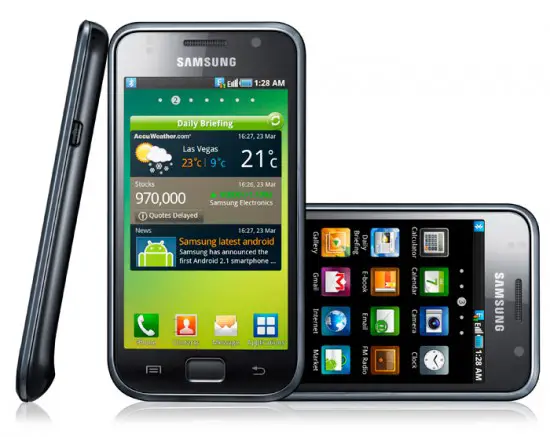
Furthermore, the race to create the thinnest smartphones led to the adoption of non-removable batteries, which became sealed inside the phone’s casing. This design choice made it nearly impossible for users to carry spare batteries or replace them without the assistance of a professional.
The consequence of these design decisions was a move away from the user-centric customizations of earlier phones. Instead, manufacturers prioritized form over function, leaving users with fewer options for personalization and self-repair.
But that doesn’t mean that people still don’t crave more versatility and customization for their tech. however, the industry hasn’t gotten to a point where we can make that as functional or as practical as customers would have hoped.
Modern Moduality
Moto Mods
In 2016, Motorola introduced Moto Mods, a series of modular accessories for the Moto Z family of smartphones. These mods allowed users to customize and enhance their devices by adding new features and capabilities, such as:
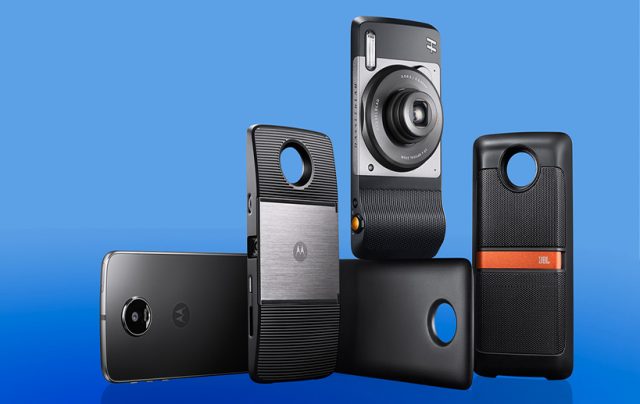
Moto Insta-Share Projector: This mod allows users to project a 70-inch display from their phone, making it perfect for presentations or watching movies.
JBL SoundBoost Speaker: This mod provided a powerful speaker attachment, enhancing the audio capabilities of the Moto Z.
Hasselblad True Zoom Camera: This mod enabled users to add a 10x optical zoom lens to their phone, improving the camera’s performance.
The Moto Z was launched with a starting price of $624 for the standard model and $720 for the Moto Z Force Droid Edition, with monthly payment options available. These prices were for the no-contract versions of the phones.
As for compatibility, the Moto Mods were designed to work with the Moto Z family of phones, including the Moto Z, Moto Z Force, Moto Z Play, and Moto Z2 series. This allowed users to mix and match mods across the range, but they were not compatible with other brands or models of smartphones.
The average price of Moto Mods varied depending on the specific accessory. For example, the Moto Insta-Share Projector retailed for around $300, while the JBL SoundBoost Speaker was priced at approximately $80. The Moto Power Pack, one of the most popular mods, costs around $50.
LG G5
The LG G5, released in 2016, was LG’s attempt at introducing modularity to the smartphone market. It featured a “Magic Slot” that allowed users to swap out the bottom portion of the phone for various “LG Friends” modules.
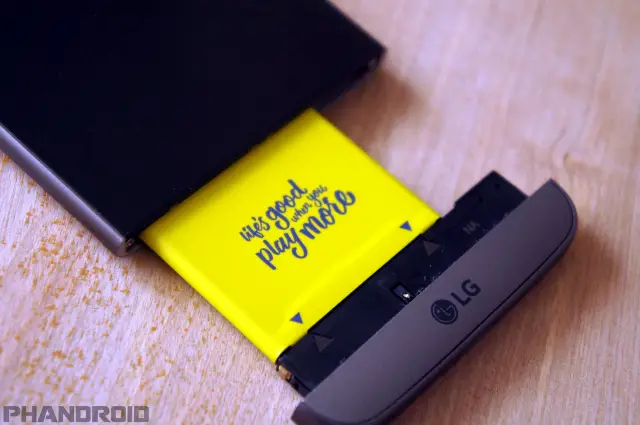
LG Friends Modules
– LG CAM Plus: This accessory added physical buttons for camera control, a larger battery, and a comfortable grip for better photography. It was priced at around $70.
– LG Hi-Fi Plus with B&O PLAY: This module provided a high-fidelity audio experience when paired with the LG G5. It was priced at around $150.
– LG 360 CAM: This accessory allows users to capture 360-degree photos and 2K video. It was priced at around $200.
– LG 360 VR: This module was a virtual reality headset compatible with the LG G5. It was priced at around $200.
Despite the potential of these modules, the LG G5’s modular design didn’t quite take off as expected. There are a few reasons for this:
The available modules were quite expensive and didn’t provide enough variety to attract a wide range of users. Some modules, like the CAM Plus, only offered minor improvements over the built-in features of the LG G5. The process of swapping modules was cumbersome and required the phone to be powered off, making it less user-friendly.
More importantly, the LG G5 faced tough competition from other flagship smartphones that offered better overall performance and features.
As a result, LG eventually discontinued the G5’s modular design and shifted its focus to more traditional smartphone designs. LG officially announced the shutdown of its mobile phone division on April 5, 2021, after a prolonged period of financial losses. The company’s board of directors approved the decision, and LG completed the wind-down of its mobile phone business by July 31, 2021. Despite this move, some existing models remained available for purchase even after the shutdown date.
While the closure of LG’s mobile division came as a disappointment to many fans of the brand, it was not entirely unexpected given the division’s financial struggles. Despite its innovations and contributions to the smartphone industry, LG ultimately could not sustain profitability in the highly competitive market.
Fairphone
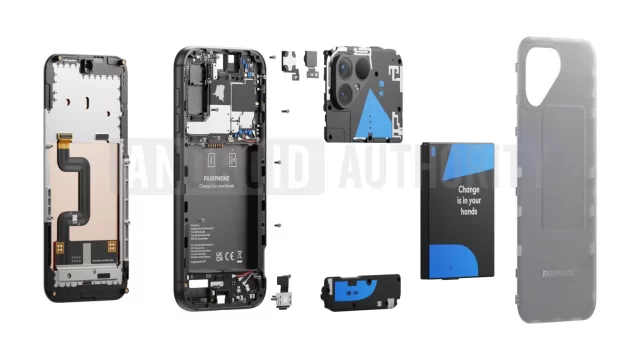
Source: Android Authority
However, if you’re wondering what options you have right now in 2424 then you may want to look towards Fairphone. While you may not think of the sustainability pioneers Fairphone as being customization specialists, there is significant overlap in approaches.
Fairphone’s approach to customization is closely tied to its broader mission of sustainability. By offering modular, repairable smartphones with replaceable components, Fairphone seeks to empower users to extend the lifespan of their devices, reducing the need for frequent upgrades and contributing to a more circular economy.
In addition to promoting sustainability, Fairphone’s modular design enables a degree of customization. Users can swap out components, such as batteries, displays, and camera modules, to tailor their devices to their needs and preferences. This level of customization aligns with the company’s goal of creating long-lasting, adaptable smartphones that can keep up with users’ changing requirements over time.
CMF gimmick or resurgence
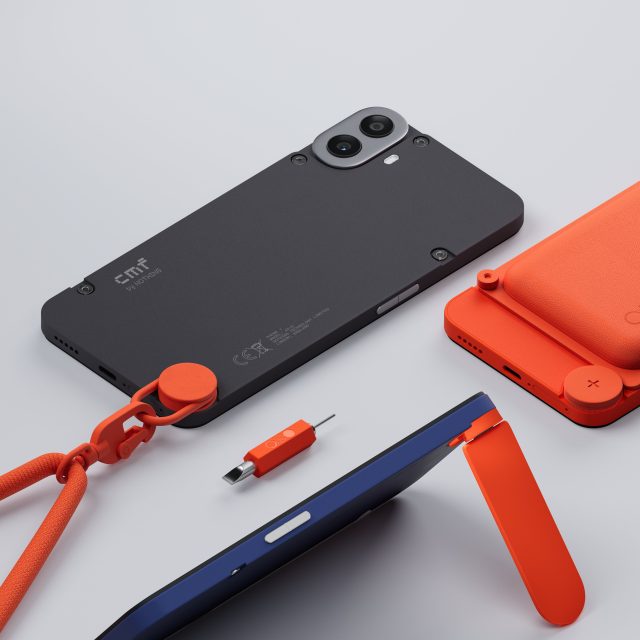
In recent years, the concept of customization in mobile phones has waned, with many manufacturers prioritizing sleek, unibody designs over user-replaceable components. While some companies have attempted to introduce modularity, these efforts have often been met with limited success or have been discontinued entirely. As a result, customization has become more of a gimmick than a genuine feature for many consumers.
However, there is potential for the tide to turn, particularly with the emergence of brands like Nothing. By offering competitively priced customization options through their Color, Material, and Finish (CMF) strategy, Nothing seeks to revitalize the concept of personalization in smartphones. If successful, this approach could rekindle interest in customization among consumers and inspire other manufacturers to follow suit.
Ultimately, the industry may be on the cusp of a shift back toward embracing customization as a key selling point for mobile devices. As consumers become increasingly environmentally conscious and seek greater control over their devices, modular designs, and user-replaceable components may regain popularity. If Nothing’s CMF strategy proves to be effective, it could be the catalyst needed to bring customizability back into the spotlight and reshape the smartphone market once again.


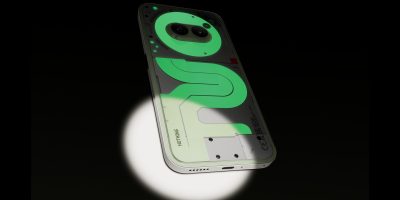



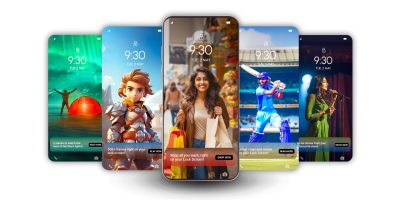
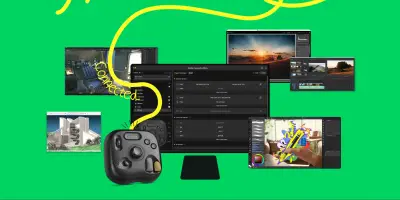

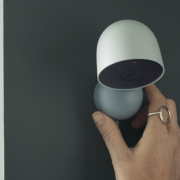


Comments